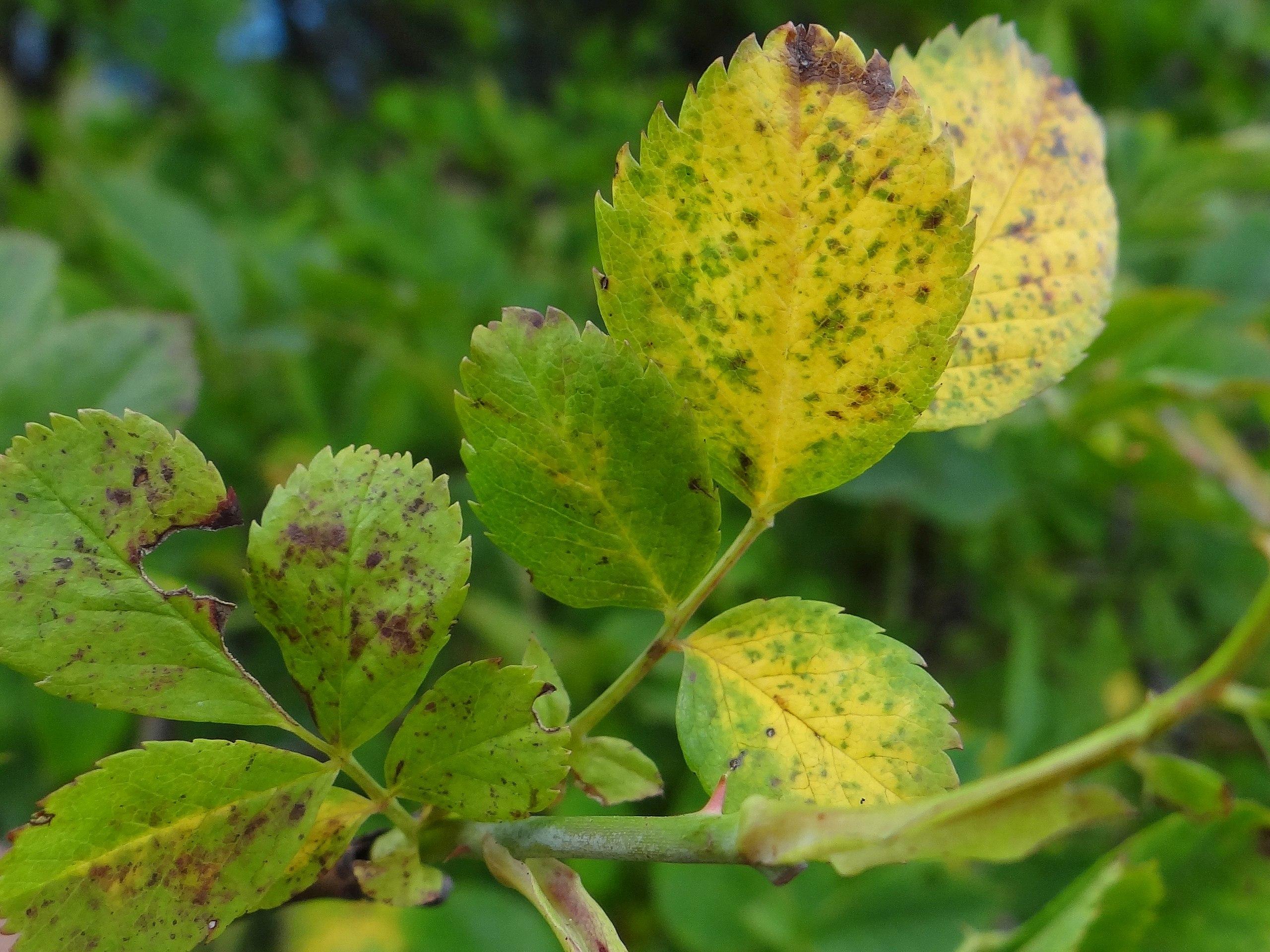
Downy mildew
Peronospora sparsa
What is Downy mildew (Peronospora sparsa)?
Peronospora sparsa is a plant pathogen belonging to the group of Oomycetes causing highly destructive diseases like downy mildew. These fungal infections can also affect other closely related Rubus species, such as blackberry, raspberry, and boysenberry. blackberries, and raspberries. It primarily infects leaves but can also affect stems and fruits. Symptoms include yellow lesions on upper leaf surfaces turning brown, accompanied by fluffy growth on the underside due to pathogen sporulation.
How does Downy mildew (Peronospora sparsa occur)?
Peronospora sparsa survives as oospores and forms sporangia that produce zoospores. Germination requires water. Pathogens enter plants through stomata or by penetrating the surface. They create haustoria to extract nutrients. Fluffy symptoms appear on leaf undersides. Pathogens spread through air, water, and tools, with some seed transmission. The optimum temperature for germination, infection, and spore production is around 10-20°C. Overwintering oospores develop late in the season, found in soil or on living host plants.
Symptoms
1 - Effect on Plants
1. Downy mildew can weaken plants, leading to reduced growth and overall vigor. 2. Infected plants can impact photosynthesis and nutrient uptake. 3. Severe infections can cause premature leaf drop, leading to reduced plant health and productivity. 4. Downy mildew can significantly reduce crop yields, affecting agricultural production and economic outcomes.
2 - Soil Health
1. Diseased plant material, when decomposed, may affect the natural nutrient cycling processes in the soil. 2. Downy mildew pathogens can alter the microbial balance in the soil, potentially impacting beneficial microorganisms.
3 - Impact on Environment
1. Pathogens can spread rapidly, either through wind, water, or human activities, affecting nearby plants and potentially leading to broader disease outbreaks.
Solutions
1 - Cultural Control
• Choose resistant cultivars when available to prevent downy mildew. • Purchase seeds from reputable nurseries to avoid infected plants. • Prune plants to enhance air circulation and reduce moisture on leaves. • Adequately space row crops to ensure proper airflow even as they mature. • Avoid overhead irrigation that wet leaves and opt for drip irrigation to water plants at ground level. • Apply a 3-inch layer of mulch around plants to prevent soil splashing and maintain moisture balance. • Clean up and discard plant debris, leaves, and infected material to eliminate overwintering sites for downy mildew spores. • Quarantine new plants for 14 days before introducing them to the garden or greenhouse.
2 - Biological Control Agents for Downy Mildew
• Trichoderma spp competes with downy mildew and produces antifungal compounds. While Bacillus subtilis colonizes plant surfaces and produces antimicrobial compounds. • Neem oil, garlic extract, and cinnamon oil exhibit antifungal properties against downy mildew, providing alternative control methods.
3 - Chemical Control
1. Copper-based Fungicides: Effectively control downy mildew, but repeated use can cause soil copper accumulation. 2. Systemic Fungicides: Absorbed by plants for internal protection against downy mildew. Rotate fungicides with different modes of action to prevent resistance.
